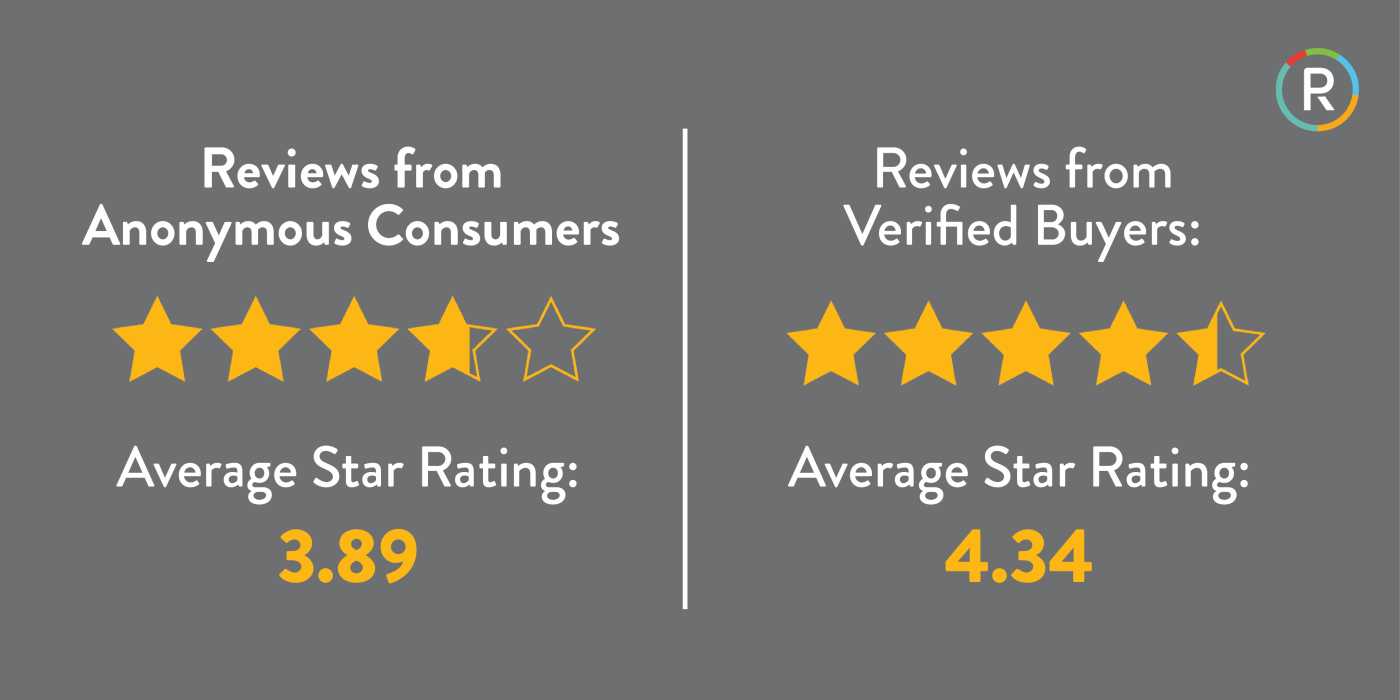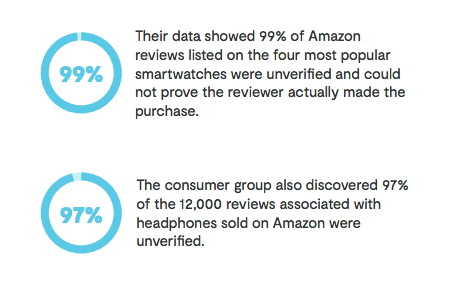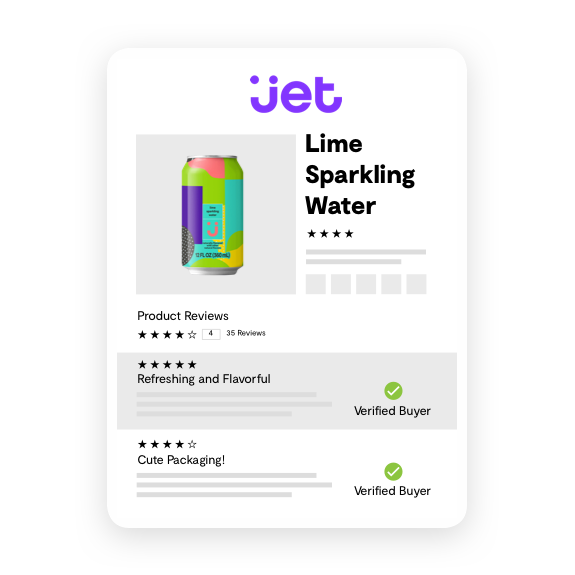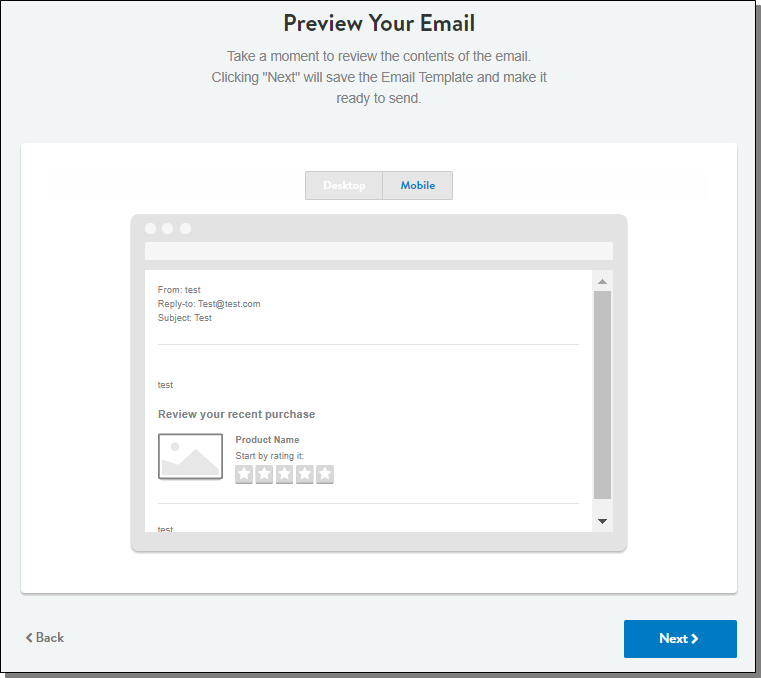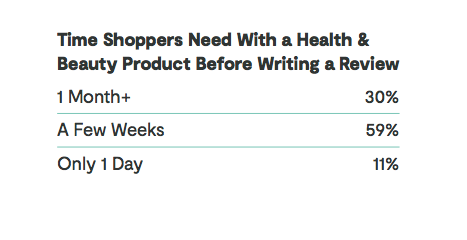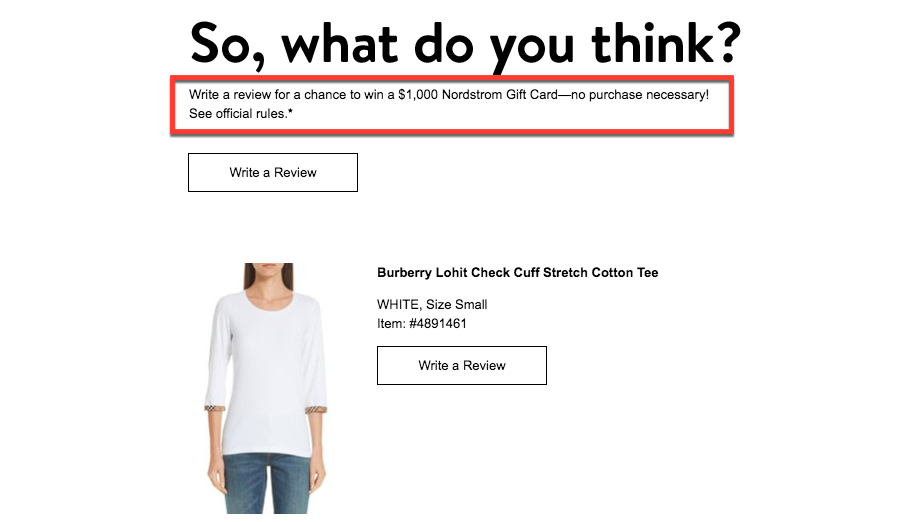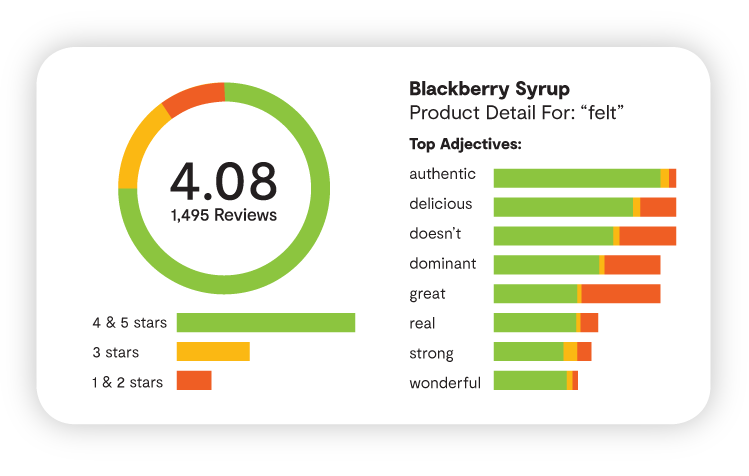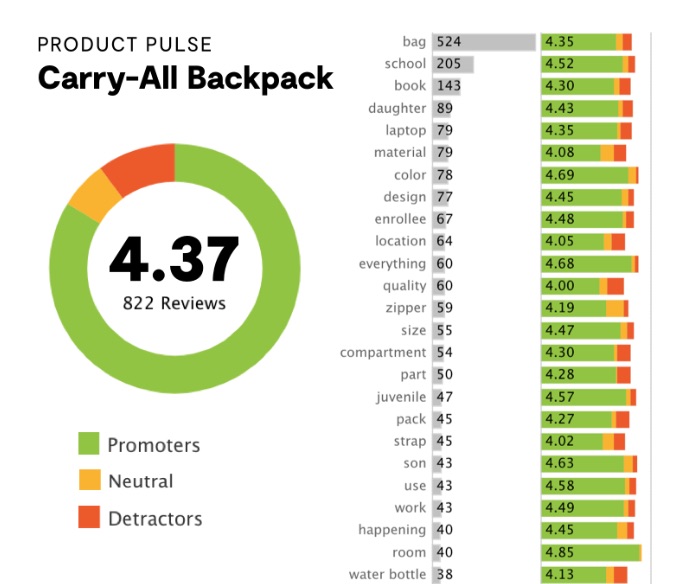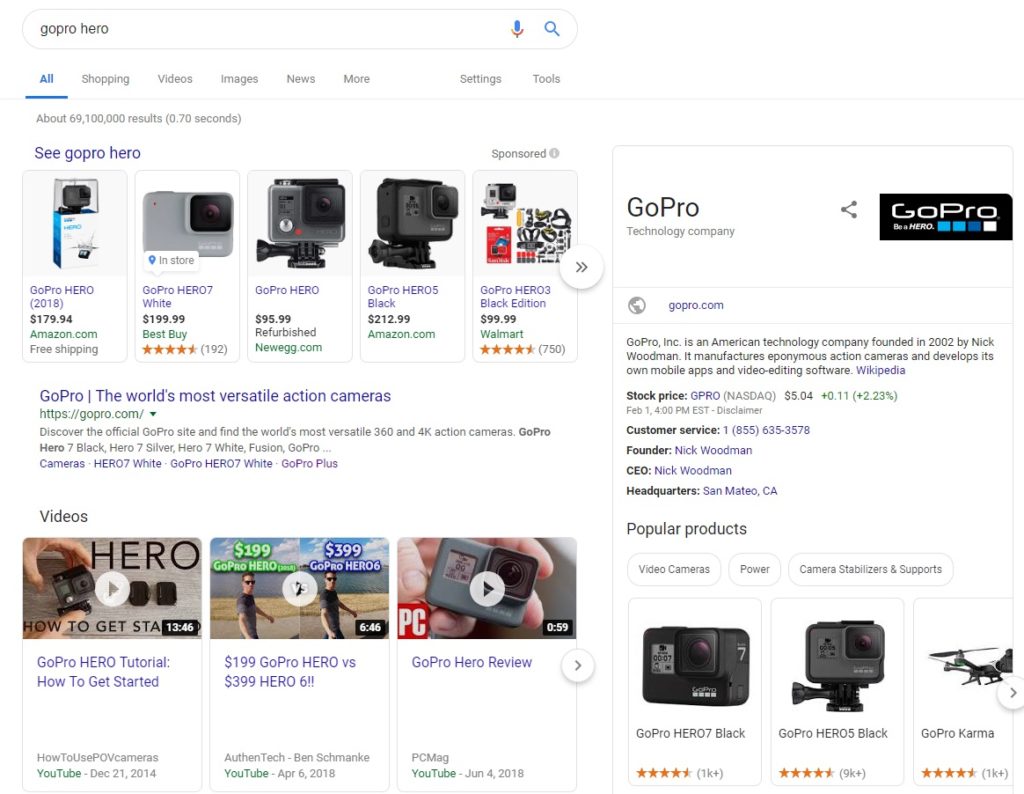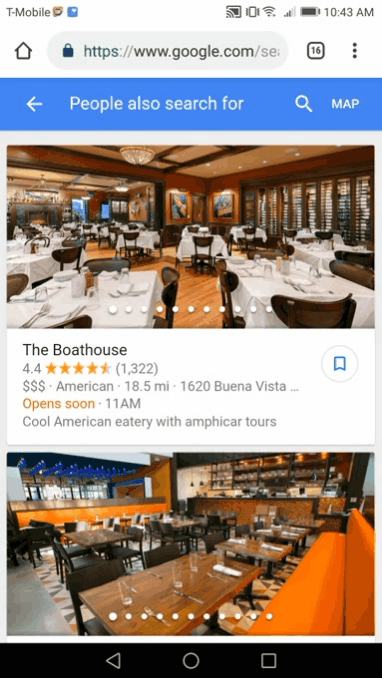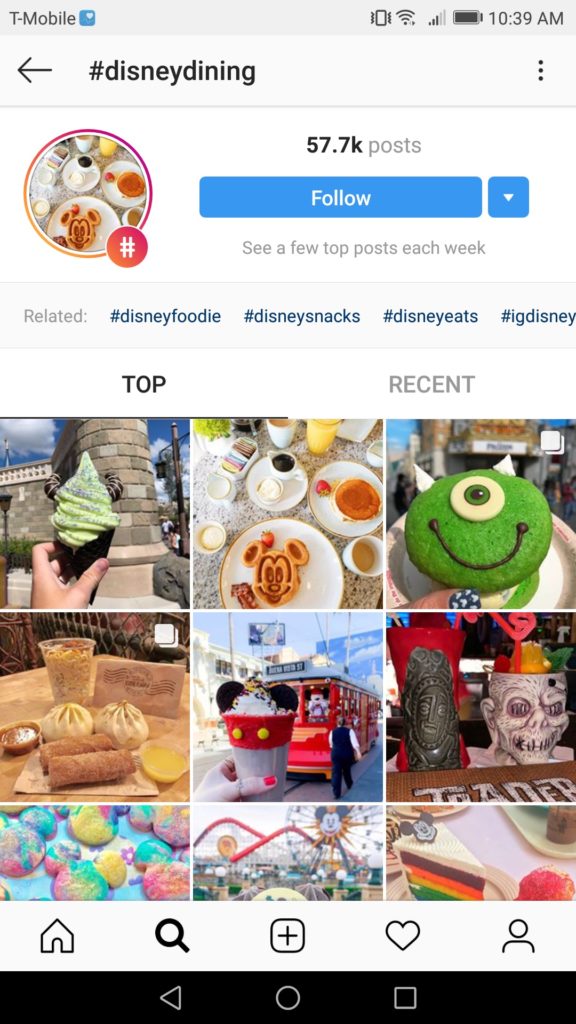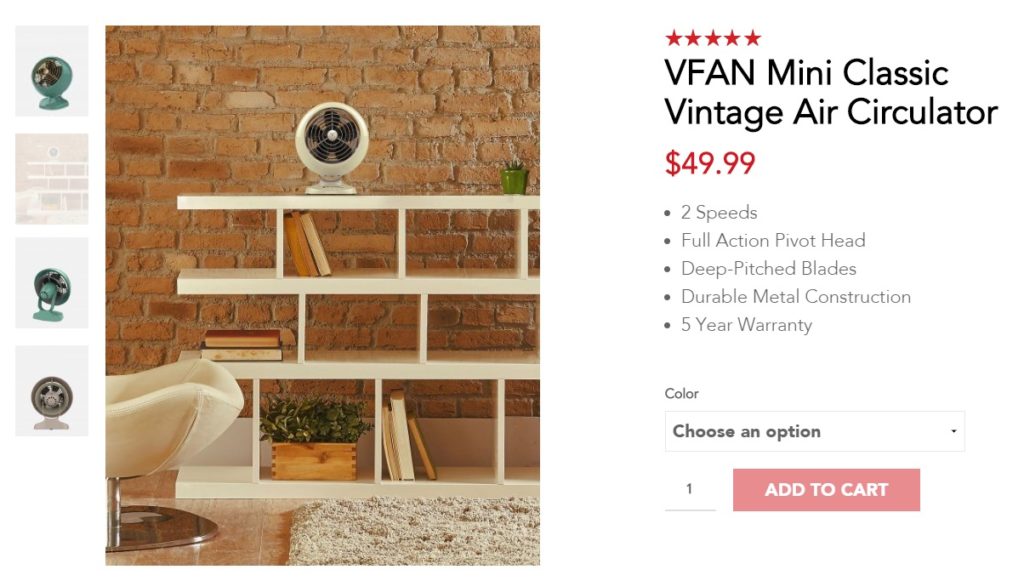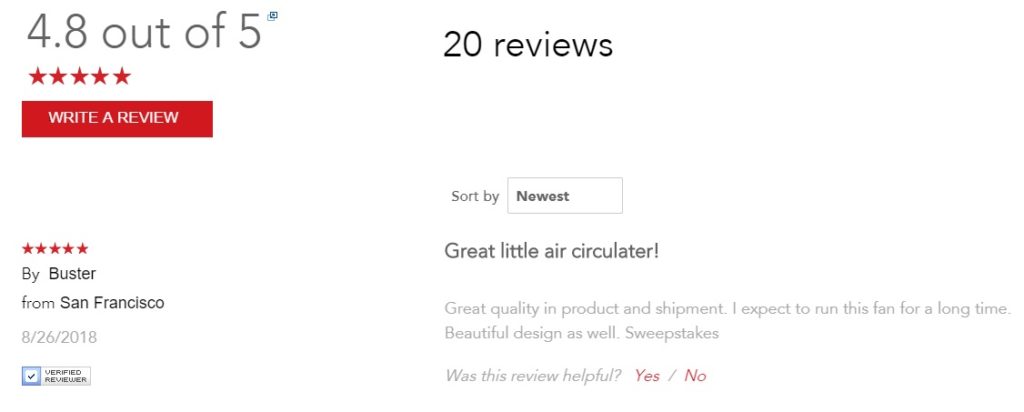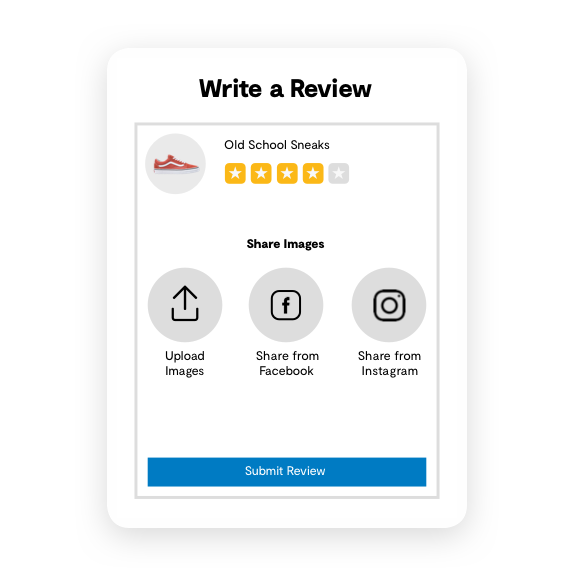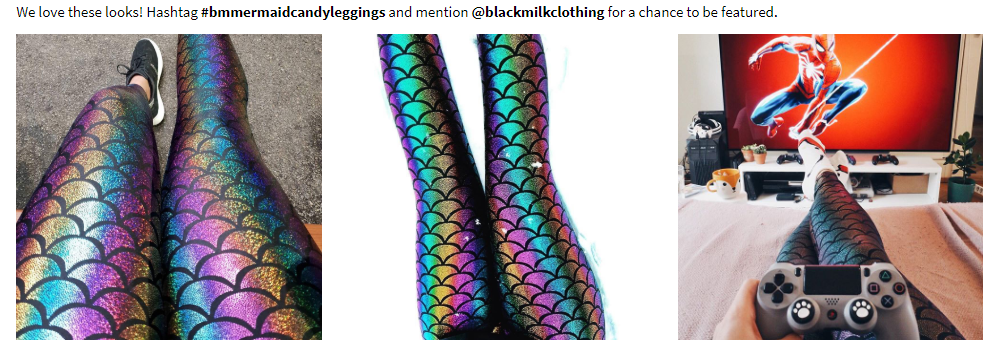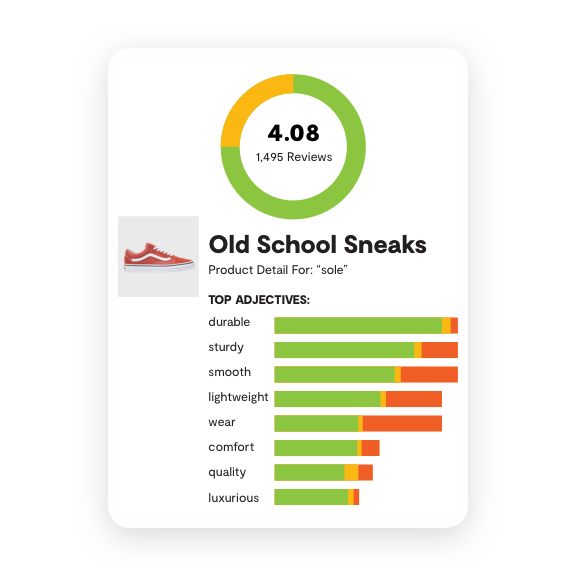Your customers are always a few taps away from launching an investigation of the century into your products and brand on their smartphone. While this seems a little scary, it’s simply the reality of how shoppers leverage online customer reviews.
Whether it’s choosing an auto shop, jeweler, restaurant or finding the best place to buy a new dog bed, online customer reviews heavily impact purchasing decisions. For ecommerce brands and retailers, product reviews are now a common step of the decision making process.
Data from the PowerReviews Health and Beauty Study found 95% of consumers say online customer reviews play a role in their product search and another 86% said reviews are essential to the purchase decision.
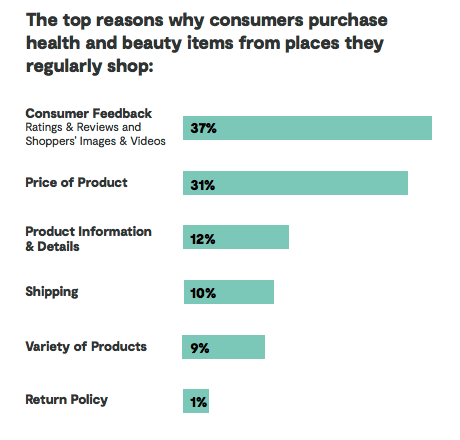
Specifically for health and beauty products, respondents said the No. 1 reason they buy from the places they regularly shop is because of the customer feedback–like ratings and reviews. Consumers want to hear about the experiences of others like them. The easiest way to satisfy this need for information is by leveraging online customer reviews.
If you’re still on the fence about the impact of feedback, see our five recommendations to leverage online customer reviews to attract and convert shoppers:
1. Invest In Advanced Review Collection Capabilities
Online customer reviews are capable of swaying shoppers into making a purchase. Data from our Power of Reviews survey found approximately 30% of respondents between ages 18 and 44 look at reviews before every single purchase.
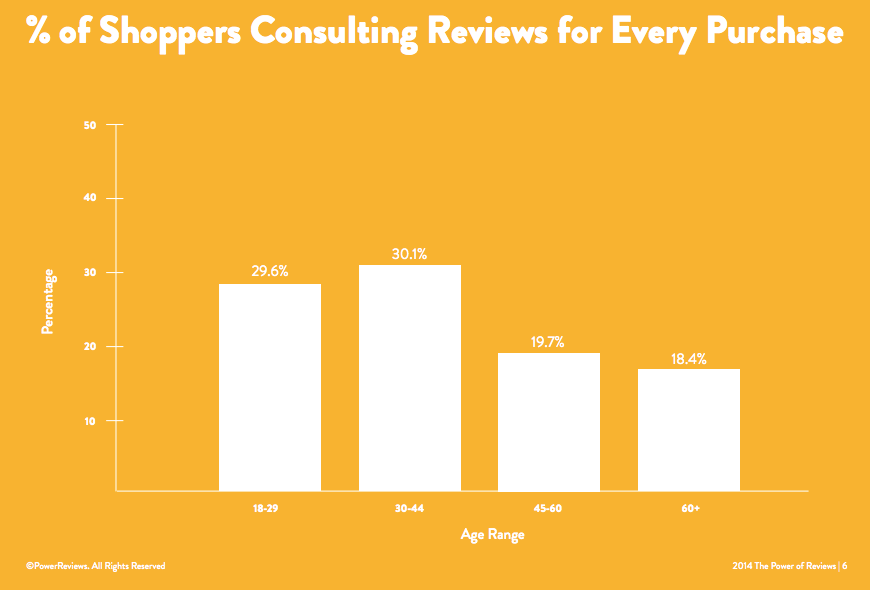
That’s a huge amount of trust going into your review content. But one of the biggest hurdles for businesses is having enough online customers reviews on product pages to actually influence shoppers.
Brands and retailers are often hesitant on heavily investing in customer feedback because they’re unsure how to generate more reviews to begin with. PowerReviews own customer data shows when products move from zero to more than one review, the conversion rate increases by up to 65%.
How to Collect More Online Customer Reviews
We’ve gone over the impact of review content, but how do you actually generate more customer feedback on your products? Here’s a couple of ways you can immediately boost your review collection capabilities:
- Post-Purchase Emails: Your customers just bought your product, so why aren’t you sending requests to ask for a review afterward? Data from the same Health and Beauty Study found 59% shoppers need a few weeks with a product before giving feedback. Try to analyze the best time to send post-purchase emails for your specific products.
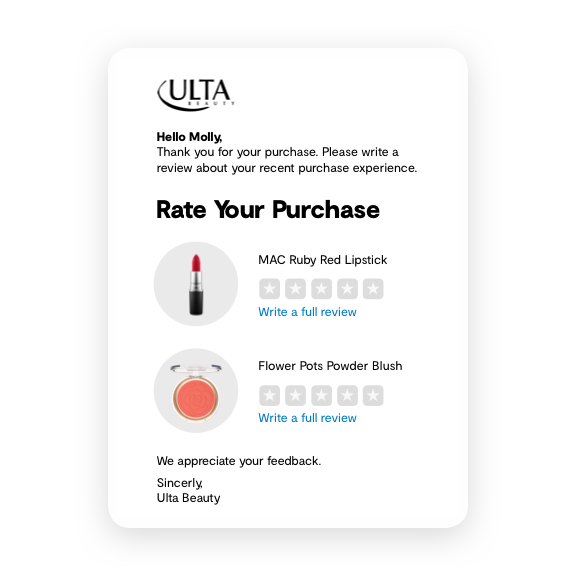
- Make Review Collection Easy for Customers: Reviews are hard to collect because there’s not a lot of benefit in leaving a review versus reading a review. Make review collection simple by avoiding lengthy forms or by asking too many questions. Provide clear instructions with a simple user-experience that don’t navigate to separate pages for each review.
- Ask for Reviews for Key Products First: If a customer buys a $5 dog food bowl and a $75 dog bed, you’re likely going to want to push for a review on the higher-priced item. PowerReviews’ Progressive Collection lets you set high-value products or items in need of reviews to the top of a multiple review collection form to ensure you get the reviews you need first.
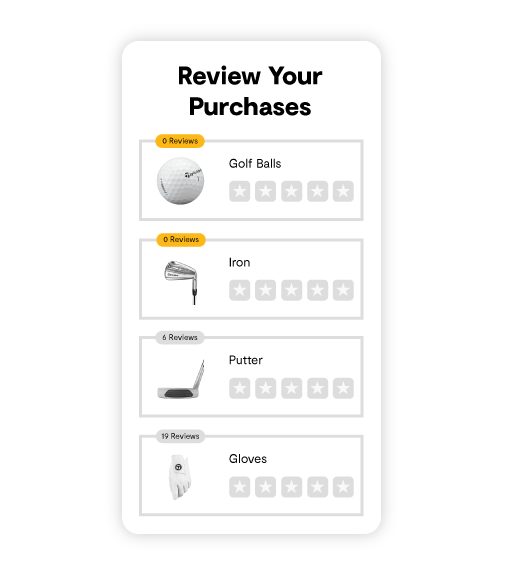
PowerReviews discovered when brands use a single review form for multiple products reviews, the average increase in review volume grew by 92% year over year–compared to a review form for each product. If you truly want to increase your review count, contact our team today to see a demo our advanced review collection capabilities!
2. Put Your Reviews Front & Center on Product Pages
When shopping online, 63% of consumers specifically seek out websites that have product reviews. Additionally, 77% of mobile shoppers are more likely to purchase an item if the website or app offers product reviews.
Once you’ve started generating reviews, start prominently displaying this content on your product page designs so shoppers can easily find it, regardless of the device they’re using to shop. A good rule of thumb is to pass the 3-second test.
Shoppers, well, all of us, have a very short attention spans, which means you need to capture the eyes on your product page quickly. In 3 seconds, can you easily find where to read online customer reviews on your product page?
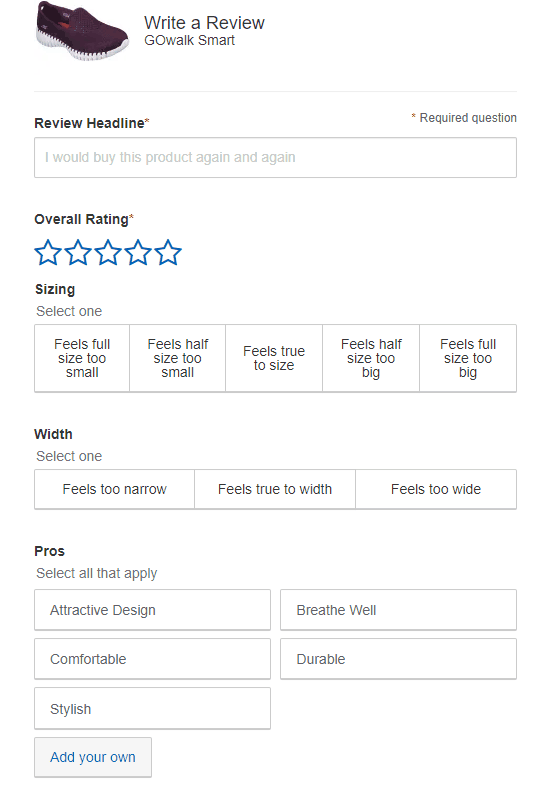
If you don’t think you passed the test, it’s high time to invest in a reviews collection platform that makes it incredibly easy to find and locate customer reviews. Don’t give your shoppers any reason to exit your product page by making sure consumers have a great breakdown the product reviews.
For a lot of online retailers, clothing products are difficult to show true size and fit to make customers confident in their purchase. In fact, the majority of product returns for these companies are due to items not fitting correctly.
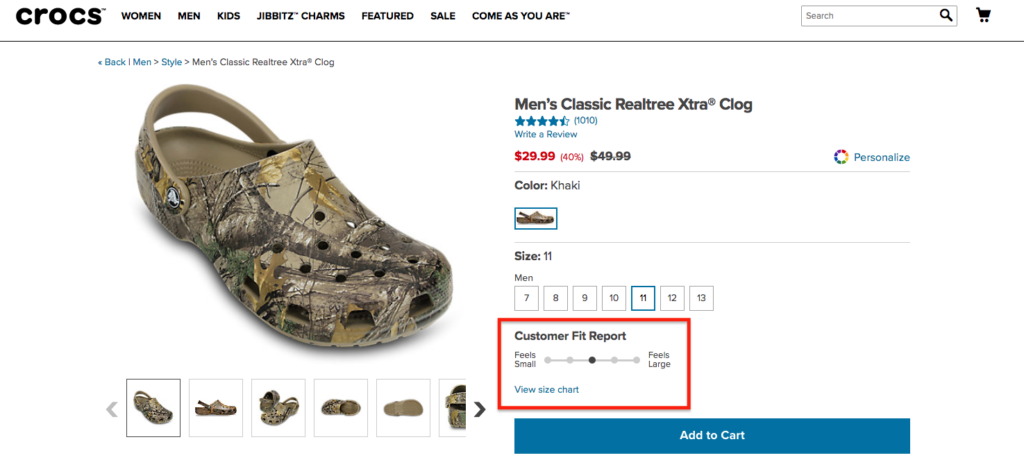
That’s why we recommend adding size and fit features to your product pages so customers get a much better understanding of how an item will actually look on them. Reviews are always a great way to understand size and fit, but by collecting size and fit data from your reviewers, you present more accurate information–front and center.
Don’t just stop at your product pages too. Look for opportunities to include ratings and reviews on other parts of your website like category pages and even your homepage.
3. Highlight Your Customer Reviews In-Store
A growing number of consumers turn to reviews to make their in-store purchases too! In fact, data from the same PowerReviews Health and Beauty Study discovered 80% of shoppers search for product reviews while shopping in-store.
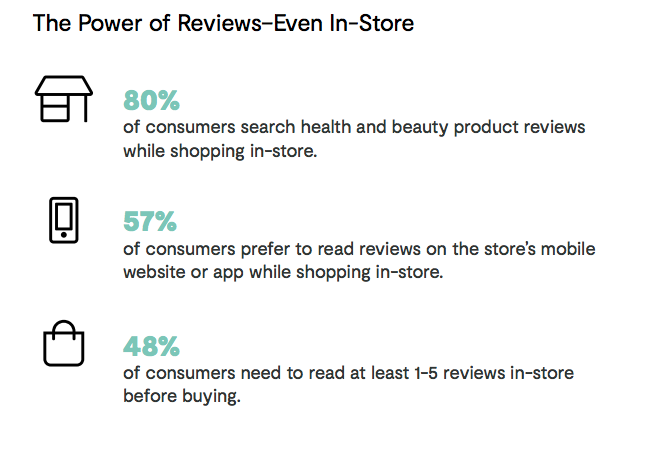
In addition to ensuring this content is easy to find and read on your website from any device, look for opportunities to display review content in your brick-and-mortar store locations. For example, include star ratings and excerpts from reviews on signage alongside key products.
Like we mentioned at the very beginning, consumers are seconds away from reading your product reviews online. That means it’s getting easier to browse review content while shopping in-store.
Now more than ever, it’s extremely important that your review content is easy to access and more importantly, mobile friendly. That means using appropriate font sizes and ensuring page load speeds are as fast as possible.
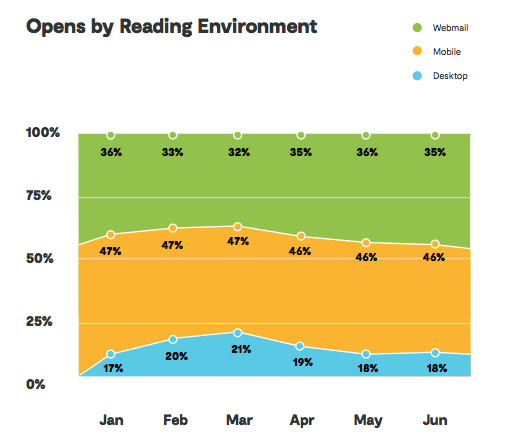
In a 2018 Email Client Market Share Trends Report by Litmus, the company found mobile devices were responsible for 46% of all email opens–beating out desktop. The data should have businesses perking up a bit. So make sure your review content is accessible and readable for shoppers in-store.
4. Syndicate Reviews for More Coverage
Review syndication might not sound appealing to some businesses wanting more reviews. However, it’s one of the best and most authentic ways to give your shoppers more access to online customer reviews.
For example, review syndication is the transfer of user-generated content like ratings and reviews collected on a brand site to its retail partners. If you’re a brand that syndicates content to retail sites, you benefit by getting content in front of more shoppers and locations.
On the flip side, if you’re a retailer accepting syndicated brand content, you benefit from increased review coverage and depth. That means you don’t have to worry about generating all the content yourself. In fact, retailers receive an average of 58% of their review content from syndication.
So, how does the process work? There are essentially two major steps to the review syndication process:
Step 1: Product Matching
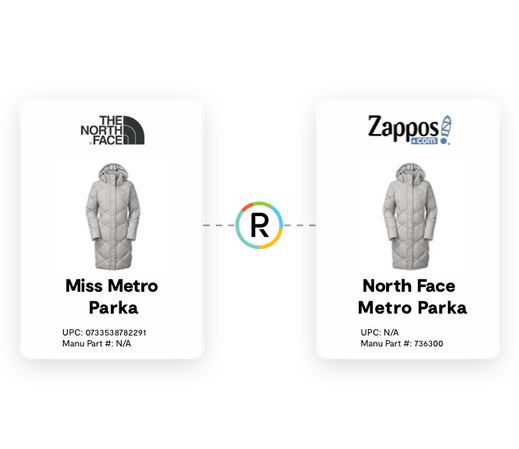
The complex process of product matching is to ensure review data is correctly connected across one site to another. This allows brands and retailers, who might use different product names, numbers and codes, to match and align items.
In fact, PowerReviews’ AI-powered Product Knowledge Graph automatically matches on UPC, which gives brands 79% more products matched compared to other providers.
Step 2: Share & Display Review Content
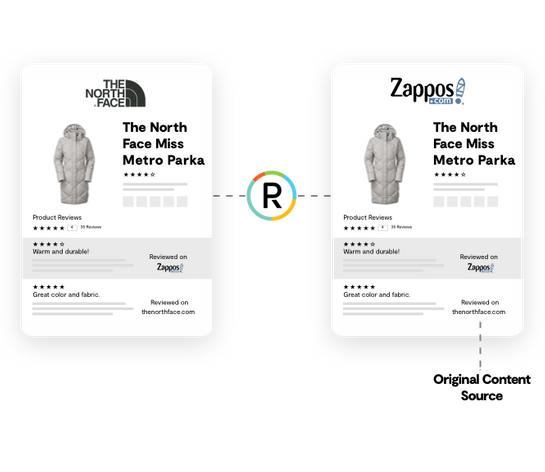
After products are matches across retailer sites, the reviews are then shared to retailers to display across their own sites. To provide authenticity and transparency, there’s a requirement to show the original review collection location.
PowerReviews has brands include their name, logo and a link on reviews displayed through retailer sites. This helps customers be confident in the content and it’s original location.
Want more info on review syndication best practices? Contact our team to learn about the PowerReviews Open Network. Our network features more than 150 of the world’s largest retailers and more than 1,000 brands!
5. Embrace Negative Reviews & Don’t Be Afraid of Critical Feedback
Perfect online customer reviews might seem ideal, right? But consumers consider products with 5-star reviews are less helpful than those with both positive and negative feedback.
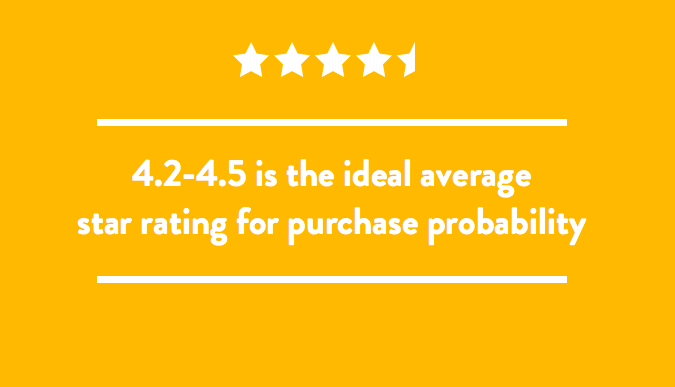
Our research with Northwestern University found that purchase probability peaks when a product’s average star rating is between 4.2 and 4.5. The mythical perfect 5-star review was deemed to be less profitable.
Additionally, the PowerReviews report How to Beat Amazon found a third of shoppers believe poor reviews gave balance to their shopping research. Consumers agreed that a negative perspective was actually very important to their overall purchasing decision.
That’s why brands and retailers shouldn’t be afraid of negative reviews, but instead, embrace the critical feedback. The same report found 85% shoppers specifically seek out negative reviews before making a purchase. That number increases to 91% when looking at consumers between the ages of 18 and 29.
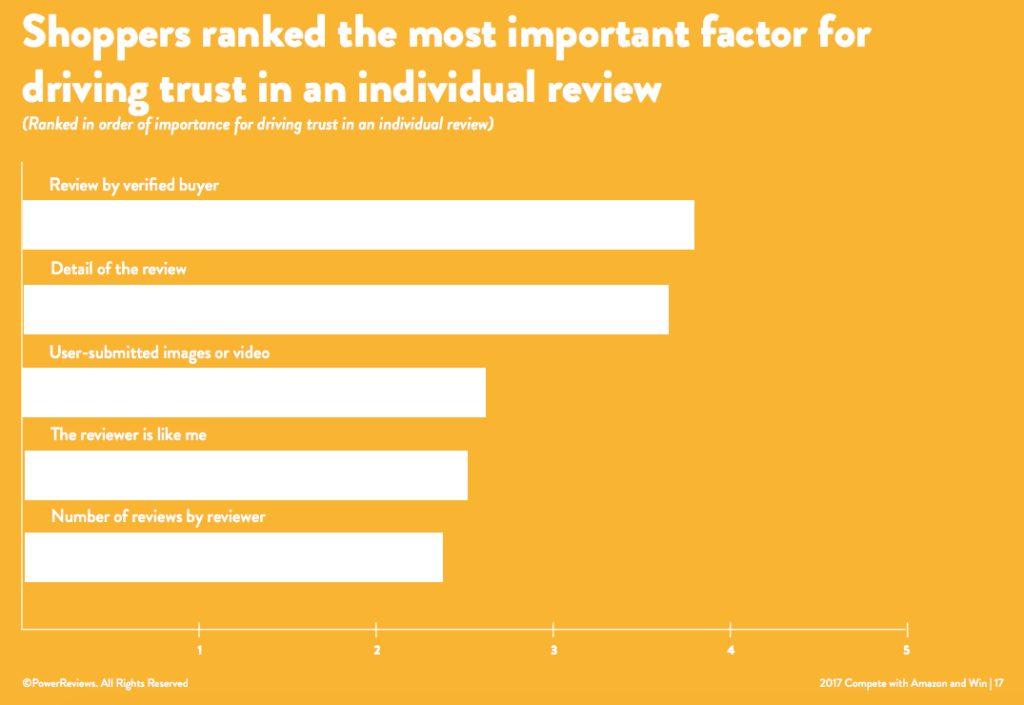
There’s a growing demand for transparency with businesses today. It’s up to brands and retailers to provide authenticity with consumers. This is especially true as the number of fake reviews continues to increase across Amazon. And the company’s fake review problem doesn’t just affect their customers, but all online shoppers.
No business should aim for negative reviews. But allowing both positive and negative feedback on your site adds authenticity to your content and builds trust.
Help your shoppers make better purchasing decisions by providing more authentic online customers reviews. And if you need any help through the process, our team is happy to provide more information on the value of reviews.

